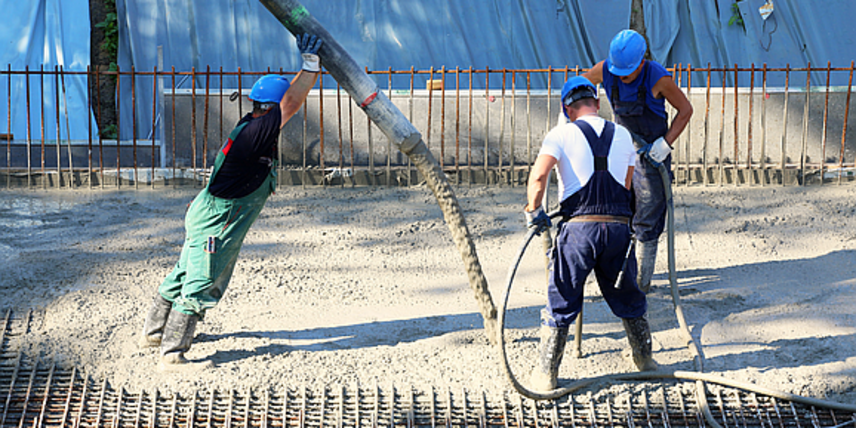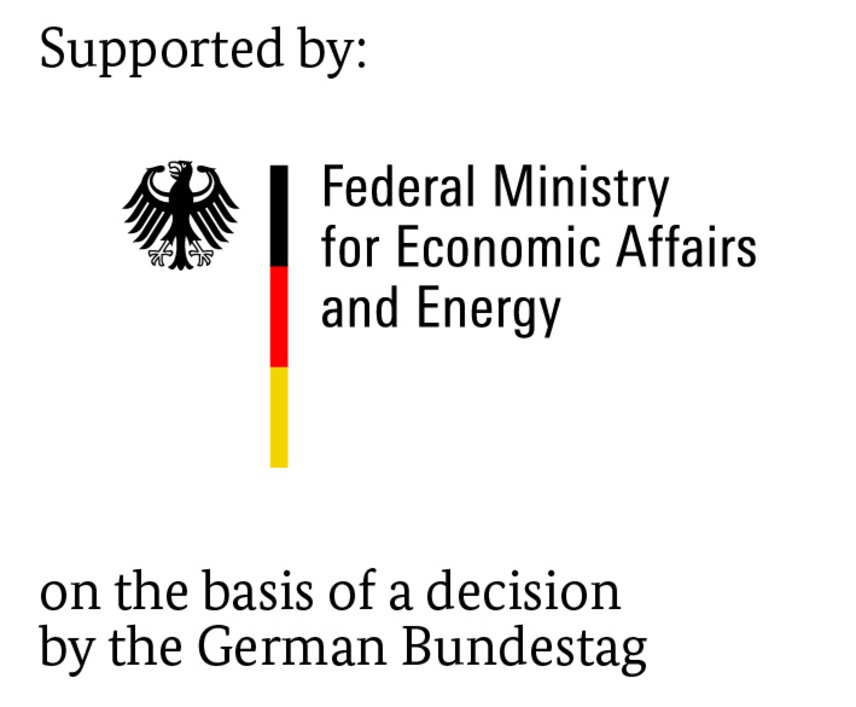Concretes with high workability (HWC) are well suited for the production of buildings with high requirements for the aesthetics and durability within short construction periods. Due to the high fluidity time consuming processes like dispensing and compacting fresh concrete as well as retouching of surfaces can be reduced to a minimum. The mix design has to ensure that already a small amount of energy leads to a proper compaction of the concretes.
Optimal compaction of concretes with high workability and high robustness
The aim of this research project was to create basic knowledge on the results of different processing and compaction measures in correlation with the properties of the fresh concrete.
Background and goals of the research project

For a successful application of HWC on construction sites, a need-based compaction is re-quired. The optimal compaction energy depends on the building geometry, the consistency of the fresh concrete and the mixture proportions. Up to now there are no adequate assessment criterions for choosing the right compaction energy of HWC. A too intense compaction can lead to bleeding or segregation of the coarse aggregates, which can impact the strength, deformation and durability properties of the hardened concrete. Missing instructions for the compaction of concretes with high workability make their application difficult.
The aim of this research project was to create basic knowledge on the results of different processing and compaction measures in correlation with the properties of the fresh concrete. Investigations with varying consistency and rheological properties of the fresh concrete were carried out to categorise the concretes into different workability classes. The effects of different processing and compaction measures on the properties of the fresh (air content, bleeding, segregation of coarse aggregates etc.) and hardened concrete properties (e. g. compressive strength) were tested for every workability class. In this way concretes with robust fresh and hardened concrete properties could be identified and measures for an appropriate processing and compacting of the concretes could be defined. The results were used to prepare guidelines for adequate processing and compaction of the HWC on construction sites. The guidelines should help to avoid incorrect applications of HWC and therefore increase the quality of concrete buildings.
Project partners
Sponsors

The IGF project 19276 N of VDZ gemeinnuetzige GmbH – VDZ Technology gGmbH, Toulouser Allee 71, 40476 Duesseldorf was supported by the AiF within the framework of Industrial Collective Research (IGF) of the Federal Ministry of Economic Affairs and Energy on the basis of a decision of the German Bundestag.
